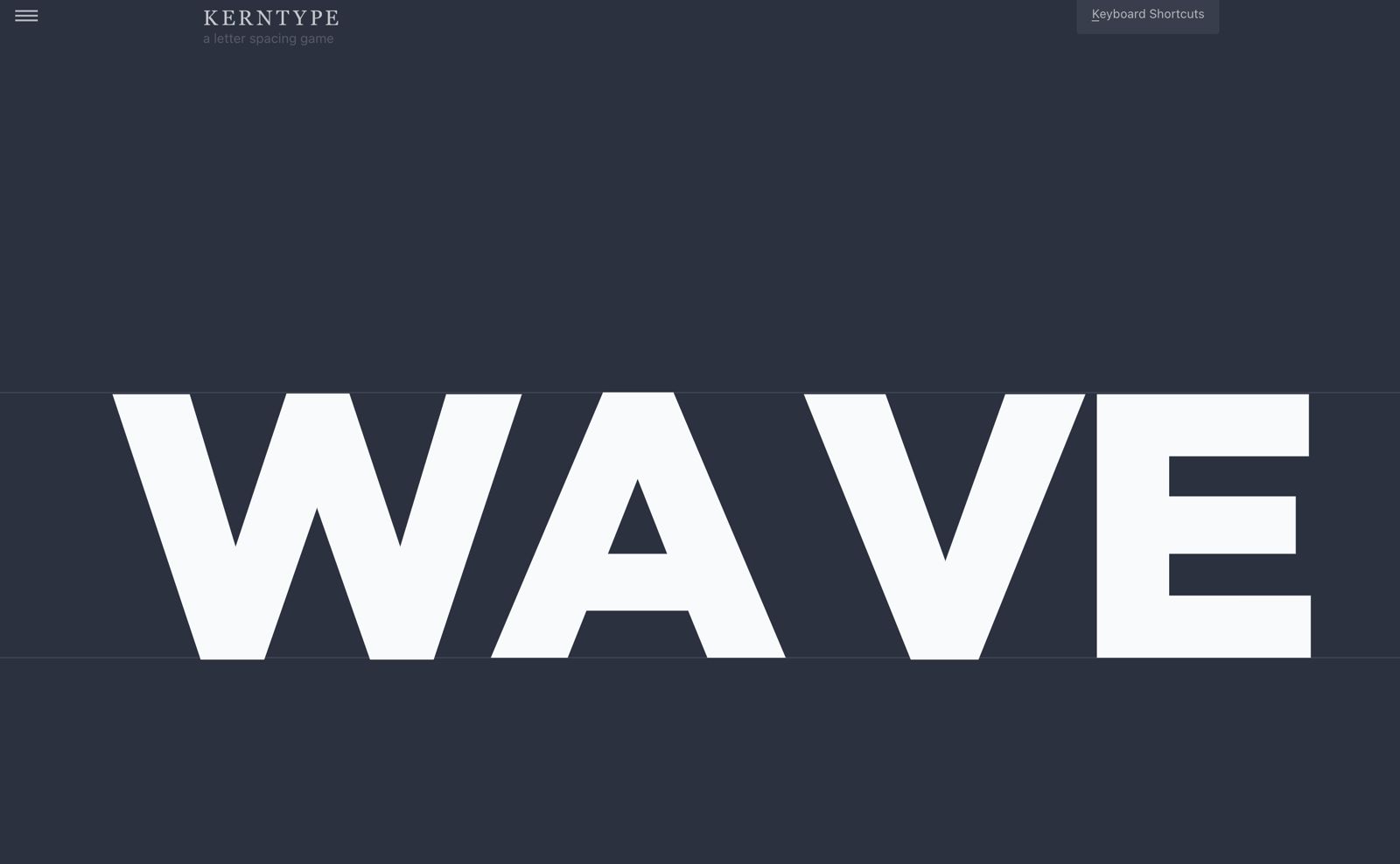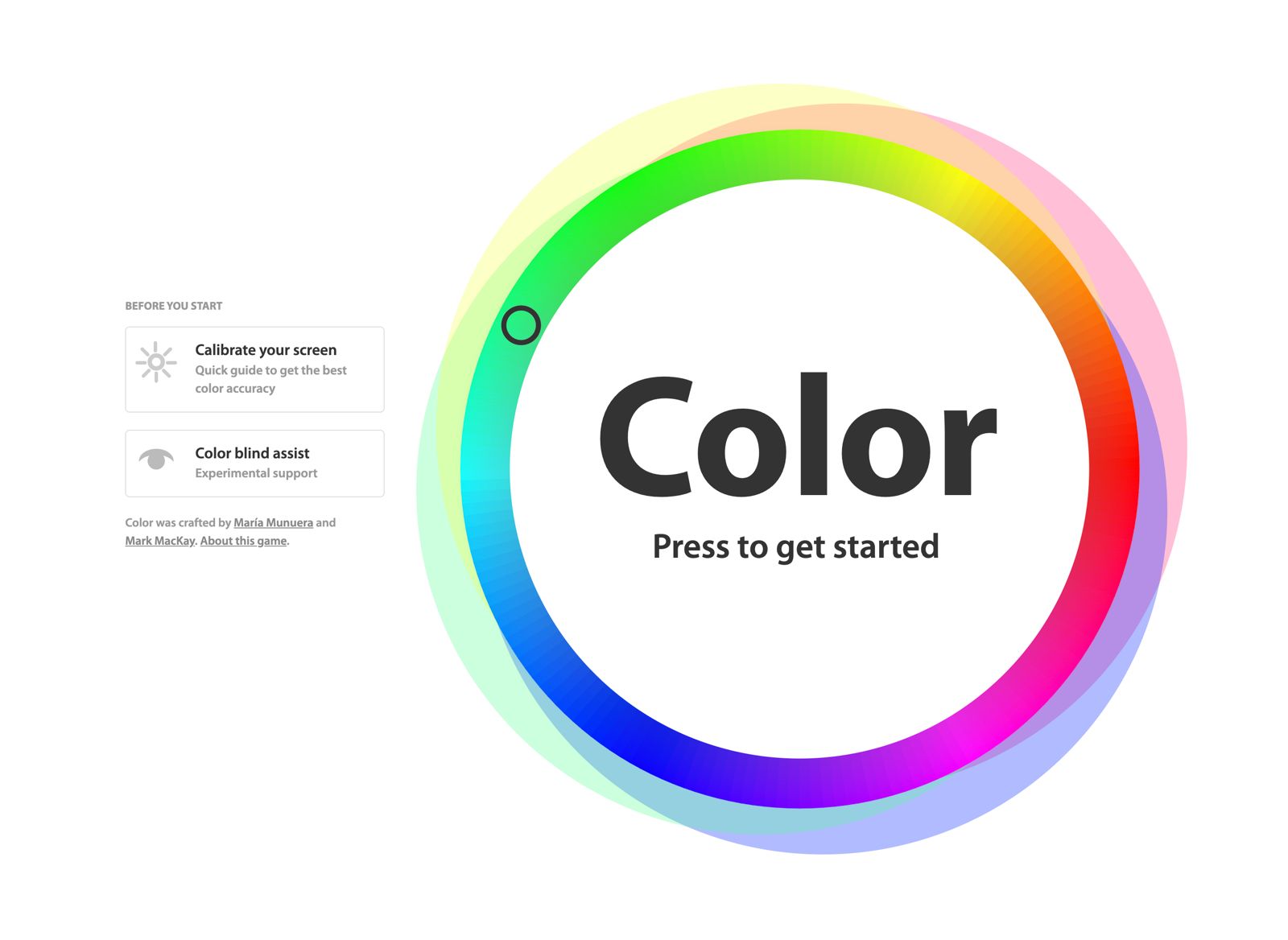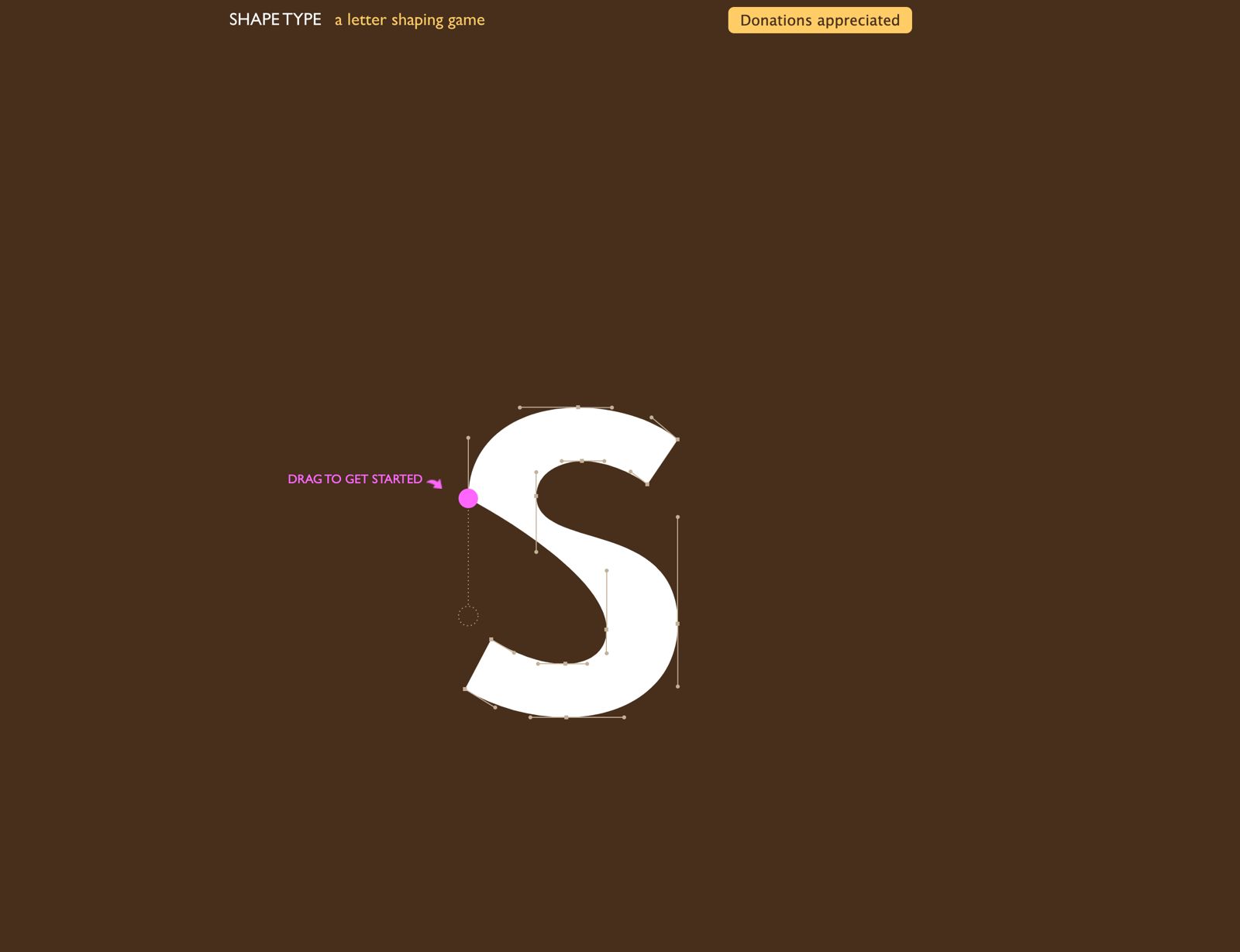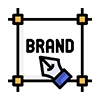Mastering Design Fundamentals: A Deep Dive into Method (method.ac)
In the dynamic world of graphic design, foundational skills are paramount. Whether you’re an aspiring designer, like Lily, eager to learn the ropes, or a company seeking to assess a candidate’s practical abilities, effective tools for learning and evaluation are invaluable. Enter Method (method.ac), an innovative online platform that transforms the often-challenging process of learning design fundamentals into an engaging, interactive, and assessable experience.

What is Method method.ac? Beyond Just a Game
Method isn’t just a collection of design exercises; it’s a meticulously crafted interactive learning and assessment environment. It gamifies core design principles and tool proficiency, making complex concepts digestible and practice enjoyable. It’s particularly effective for:
- Beginners: Users new to design can grasp fundamental concepts and build muscle memory for essential tools.
- Skill Refinement: Experienced designers can sharpen their existing skills and reinforce best practices.
- Talent Assessment: Companies can leverage its performance-based challenges to objectively evaluate a designer’s practical proficiency during the hiring process.

Interactive Learning: The Heart of Method
Method shines by breaking down design into actionable, interactive modules. Let’s explore some of its key areas:
The Pen Tool Challenge
For many designers, the Pen Tool is the ultimate hurdle. It’s powerful but notoriously difficult to master. Method tackles this head-on with dedicated, interactive exercises. Users learn to:
Create Precise Paths: Practice drawing smooth curves and sharp corners by connecting points, mimicking real-world design tasks like tracing objects or creating custom shapes.
Manipulate Bezier Handles: Understand how to control the “arms” (Bezier handles) that dictate the curvature of a path, crucial for achieving fluid and organic lines.
Build Muscle Memory: Through repetitive, guided tasks, users develop the intuitive feel required for efficient and accurate pen tool usage, a skill vital for vector graphics in software like Adobe Illustrator or Figma.
Demystifying Typography
Typography is the art and technique of arranging type to make written language legible, readable, and appealing. Method includes exercises that help users understand:
- Kerning: Adjusting the space between individual characters to improve visual balance and legibility. Method’s interactive kerning game makes this often subtle skill surprisingly engaging.
- Tracking: Uniformly adjusting the spacing of letters across a block of text.
- Leading (Line Spacing): Controlling the vertical space between lines of text.
- Font Pairing Principles: While not explicitly a game, the platform indirectly reinforces understanding of how different typefaces interact and complement each other.
Mastering Color Theory and Application
Colors evoke emotions, define brands, and guide user perception. Method helps users develop an intuitive understanding of color through exercises that might involve:
Color Harmony: Identifying complementary, analogous, or triadic color schemes.
Color Blending: Understanding how colors mix and the impact of different opacities.
Color Perception: Training the eye to discern subtle differences in hue, saturation, and lightness, which is crucial for creating cohesive and impactful visual designs.

Beyond the Basics: Assessing Performance
One of Method’s most compelling features is its ability to quantify performance. As users complete exercises, the platform often provides immediate feedback and a score, indicating accuracy and efficiency. This performance-driven approach is invaluable for:
Self-Assessment: Beginners can track their progress, identify areas needing more practice, and see their skills improve over time. Lily, for instance, can see her Pen Tool accuracy improving with each attempt.
Skill Benchmarking: For individuals, it provides a tangible measure of their proficiency against the tool’s ideal performance.
Method for Companies: Streamlining Designer Recruitment
This assessment capability makes Method a powerful asset for companies looking to hire designers. Traditional portfolios showcase finished work, but they don’t always reveal the underlying process or the candidate’s speed and precision with fundamental tools. By integrating Method into their hiring process, companies can:
Conduct Practical Skill Tests: Instead of abstract questions, companies can ask candidates to complete specific Method challenges (e.g., a complex Pen Tool exercise or a kerning task).
Objectively Evaluate Proficiency: The scores and performance metrics provided by Method offer an objective, standardized way to gauge a candidate’s hands-on abilities. This helps identify designers who not only have a good eye but also possess strong technical command of essential tools.
Identify Strengths and Weaknesses: Results can highlight a candidate’s strengths (e.g., excellent typography skills) and areas where they might need further development (e.g., Pen Tool speed), informing targeted training or role assignment.

The Future of Design Education and Recruitment
Method (method.ac) represents a significant step forward in both design education and talent acquisition. By making learning interactive and performance-based, it empowers aspiring designers to build confidence and refine their craft. For businesses, it offers a robust, data-driven approach to evaluating practical design skills, ensuring they hire candidates who are truly proficient and ready to contribute from day one. It’s a win-win for the design community, fostering better-trained designers and more efficient hiring processes.
Discover the latest technology news with Trendo







